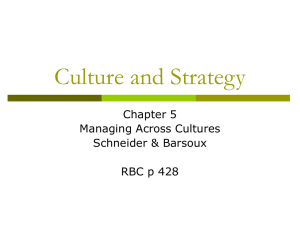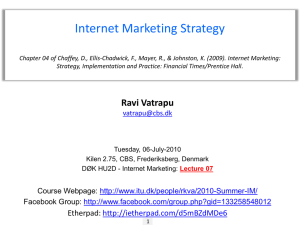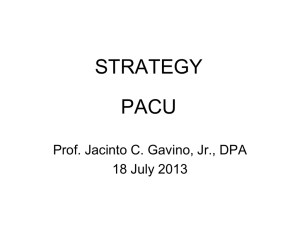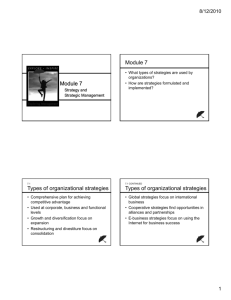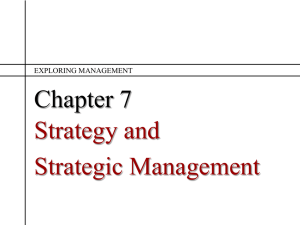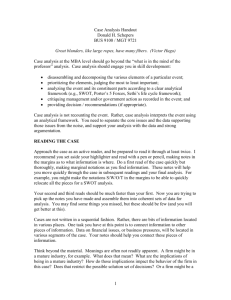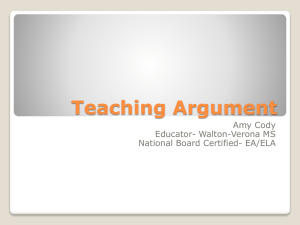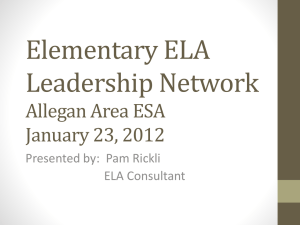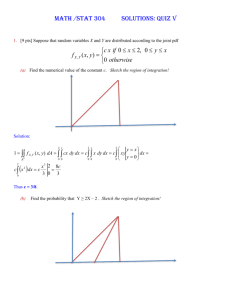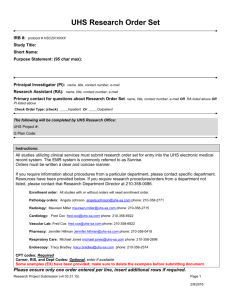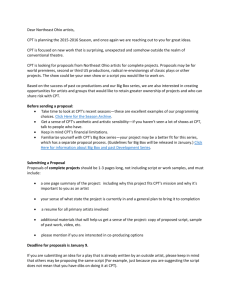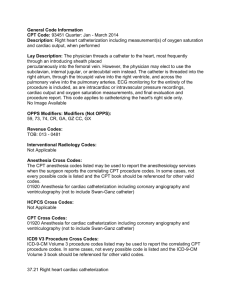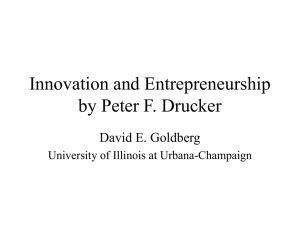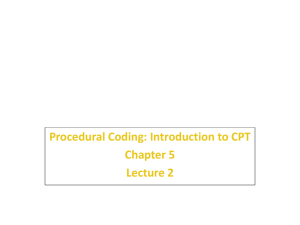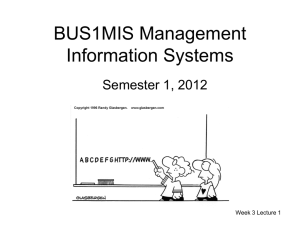e_cpt 6 planning_cpt 7 strategy
advertisement
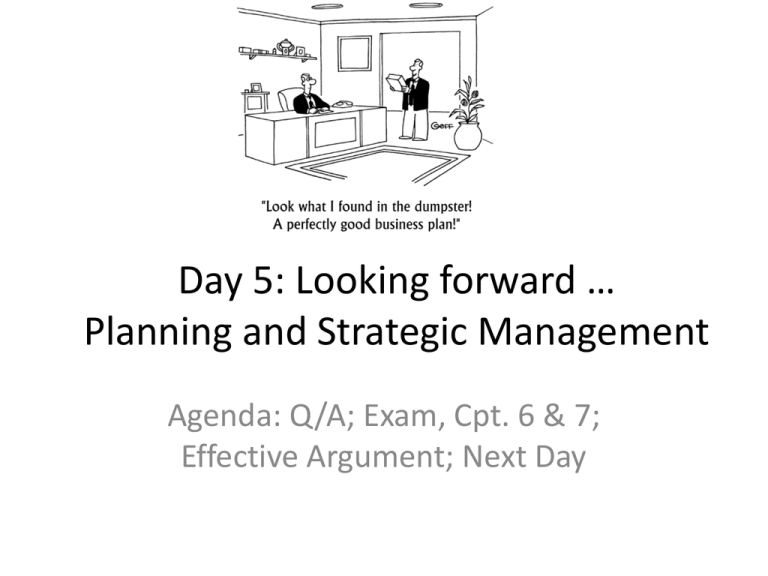
Day 5: Looking forward … Planning and Strategic Management Agenda: Q/A; Exam, Cpt. 6 & 7; Effective Argument; Next Day Test Time • • • • • • Please put all of your books and papers away Please do not do anything unethical 30 minutes Do 3 out of 4 questions Point form is OK Put your name on exam and on the booklet and put them together when you hand them in – no exam in your booklet – no mark. Thoughts from Cpt. 6 • “If you fail to plan, plan on failing!!” • “In preparing for battle I have always found that plans are useless, but planning is indispensable.” Dwight D Eisenhower • The Future? – Forecasting: What do we think is going to happen. – Contingency: Actions to take if/when things go wrong – Scenario: “What if this happens…” – Benchmarking: External / Internal comparisons • Best practices – HRO Let’s make a plan … • Individually, make a list of three career objectives that you hope to accomplish within five years of graduating. (5 minutes) • For one of them, write out a contingency planning approach to help you achieve your objective. (5 minutes) • For another one, write out a scenario planning approach to help you achieve your objective. (5 minutes) • For the third, write out a benchmarking or best practices planning approach to achieve your objective. (5 minutes) • Get in your groups to discuss your planning approaches – similarities / differences (10 minutes) • Select a spokesperson to summarize your group’s reflections Highly Reliable Organizations 1.Preoccupation with Failure 2.Reluctance to Simplify Interpretations 3.Sensitivity to Operations 5 HRO - Actions 1. Have people worry about the unexpected and to question takenfor-granted routines. 2. Make people unafraid to question assumptions and to report errors promptly. 3. Hold reviews of unexpected events no matter how trivial, and do this frequently and especially right after an occurrence, when people are more likely to tell the truth and not have time to make excuses for the failure. 4. Create discomfort in people when things go well, everything is stable, and there is nothing to challenge because these conditions promote complacency and breed carelessness and error. 5. Work towards developing variety in peoples’ views of the organization’s functioning to meet the variety implied in the spectrum of unexpected events. 6. Help people develop a sense of what the entire operation is doing at any one moment and what it should be doing at that moment. 6 Commercial • Goal setting – SMART goals – Specific, Measureable, Attainable, Referred to regularly (written down), Time Strategy • “A comprehensive plan guiding resource allocation to achieve long-term organizational goals” 8 Topics in Chapter 7 • • • • • • • • • Competitive Advantage Strategic Analysis Strategic Formulation Strategic Implementation MVV SWOT Porter’s Five Forces Model Grand or Master Strategies Porter’s Competitive Strategies • Strategic Implementation 9 The Strategic Management Process (chapter 7) External 3 2 Analyze the environment 1 Identify the organization’s current mission and objectives Identify the opportunities and threats 6 SWOT Analysis 4 Analyze the organization’s resources 7 Formulate strategies Implement strategies 5 Identify strengths and weaknesses Find a NICHE Internal Competitive advantage 10 8 Evaluate results Group work – in your teams Case 7 HBC: From Fur to Fendi • Q1: Porter’s Five Forces (stage 2) • Q2: Competitive Strategy before / after? (stage 6) • Q3: Olympic success – now what? (stage 8) Playing to Win 1. What is your winning aspiration? 2. Where will you play? 3. How will you win? 4. What capabilities must be in place? 5. What management systems need to be in place? Presenting an Effective Argument Plan Begin with the end in mind (objective) Develop supporting arguments (key points) Present Tell me what you are going to tell me Tell me Tell me what you’ve told me Without support of facts, yours is just another opinion. Construct an Argument Relevant 1) Evidence must be relevant to conclusion. Sufficient 2) Evidence must provide sufficient support for conclusion. Acceptable 3) Evidence must be credible. Is this argument RSA? My friend and I are starting a new company and we want to become rich. A study has found that tall people make more money than shorter people. To save money in our organization, we have decided to hire only people who are shorter than average height. I am from Missouri Next Day • Cpt. 11: Leadership and Communication • Then it is break week 17
